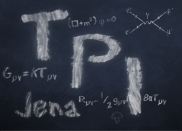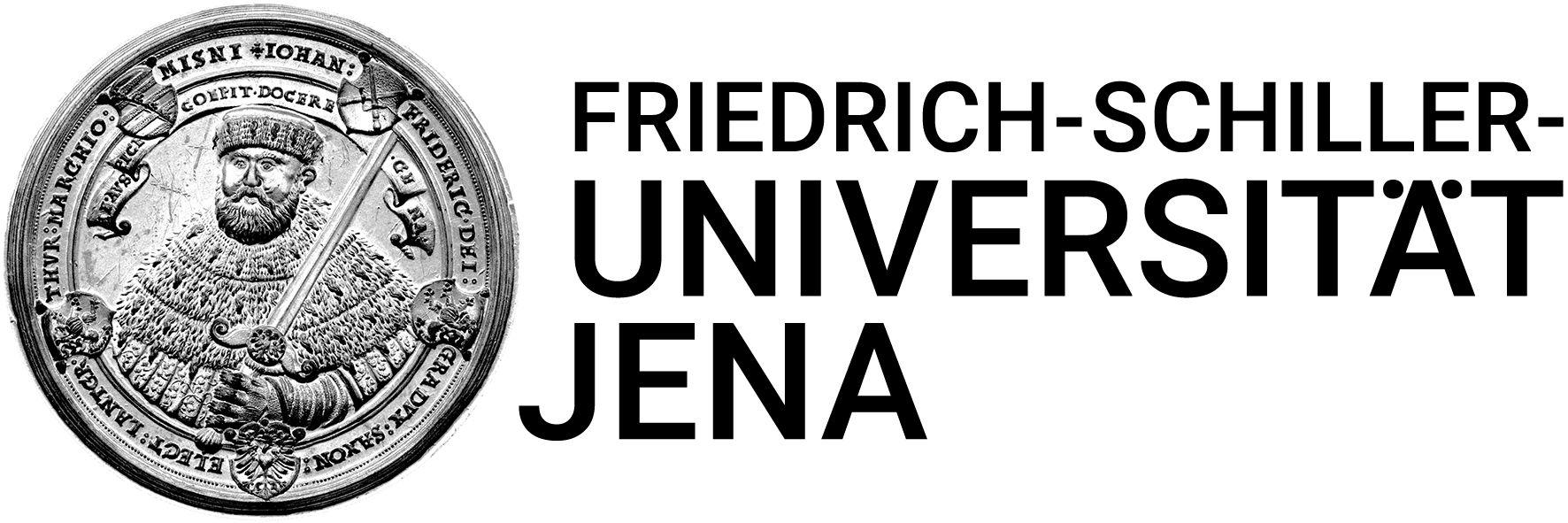Georg Bergner

Dr. habil. Georg Bergner
Theoretisch-Physikalisches Institut
Friedrich-Schiller-Universität Jena
Max-Wien-Platz 1
D-07743 Jena
Tel.: +49-3641-947139
Email:
georg.bergner
uni-jena.de
Room: Abb 202
Lecture: Introduction to Monte Carlo simulation methods
Dates
WS 23/24: 11.-18.03.2024
Abstract
Programming course and exercises. Introduction to Monte-Carlo methods up to simulations of Yang-Mills-Theories.
Preliminary outline
First part
- Ising model simulations.
- Ising model and related theories, low and high temperature expansions, simulation algorithms
Second part
- Gauge principle and gauge theories in the continuum, formulation of pure gauge theory on the lattice.
- Simulation algorithm for SU(2) pure gauge theory, implementation of SU(2) metropolis algorithm
Material
This exercise is to write a simple metropolis update code for SU(2) pure gauge theory. In order to simplify the task, several routines for
handling configurations, links, matrices, and random numbers are already provided.
C++ and Fortran code as a staring point for the exercise of SU(2) pure gauge lattice simulations.
For the C++ program you have to call "make Eigen" first. Additional dependence: Boost library (please install on your system).
Literature / References
- Many different examples for Ising model simulations in various programming languages are avaiable online.
- Wipf, "Statistical Approach to Quantum Field Theory", Springer (2013)
- The following books contain further information on simulations of pure gauge theory on the lattice:
-
Gattringer, Lang, "Quantum Chromodynamics on the Lattice", Springer (2010)
- Montvay, Münster, "Quantum Fields on a Lattice", Cambridge University Press (1994)
- Smit, "Introduction to Quantum Field on a Lattice", Cambridge Lecture Notes in Physics (2002)
- Rothe, "Lattice Gauge Theories An Introduction" World Scientific (2005)

